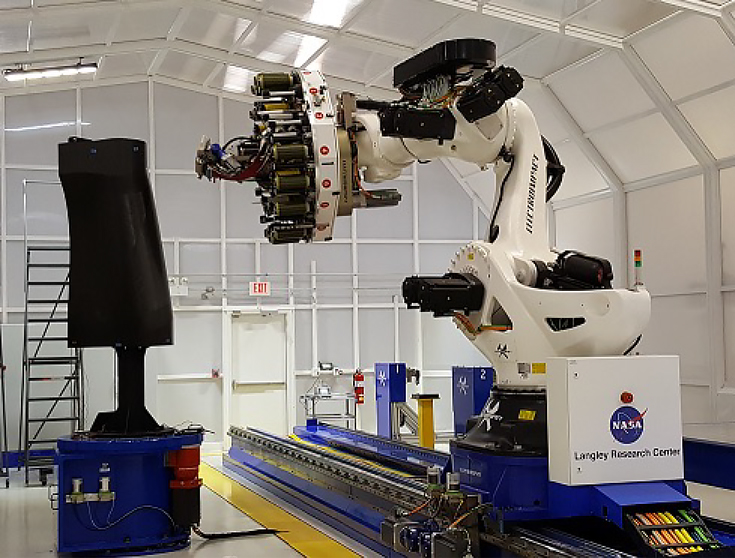Posted on: July 2, 2013
POC: Nathalie Cabrol
Branch / Organization: Planetary Systems Branch (Code SST)
Whether life ever existed on Mars or was capable of surviving profound climate changes is still unknown, and is a central question to the upcoming Mars 2020 mission. Despite large aquifers predicted at depth and surface ice in the polar regions, most of Mars remains extremely arid. The distribution of residual water/ice is likely to be heterogeneous and to follow global to local factors e.g., climate, geology, topography. Accessing deep aquifers can be performed by deep drilling but requires significant infrastructure, thus may only have limited to no mobility. Ultimately, they might be able to focus on a few sites only. Assuming that life, or its record, is still present on Mars, an exploration strategy that both multiplies the number of sites to be visited per mission through mobility and provides subsurface access may initially give rover science teams a greater statistical chance of success of finding evidence.
In response to this exploration challenge, the “Life in the Atacama” project has developed and is now testing in realistic mission configuration, a rover-mounted drill in the Atacama desert, where its Mars analog mission is to explore the distribution and abundance of microbial life in one of the aridest deserts on Earth. The rover Z e is carrying a 1-m drill, which interrogates the subsurface through in situ and remote science instrument payload deeper than any rover before.
Since the beginning of her science mission on June 17, 2013, Z e has autonomously traversed and explored a 30 km traverse. She successfully demonstrated end-to-end capture of samples by the drill and sample delivery to the scientific analysis payload. In addition to breakthrough science, Z e is also testing adaptive science that will ultimately increase rover awareness and planetary mission science return. Z e is navigating autonomously. The current field campaign is ending on June 29, 2013, and will be followed by another one in 2014.
Dr. David Wettergreen, Carnegie Mellon University Robotics Institute is the overall project PI.
Dr. Nathalie A. Cabrol (SETI Carl Sagan Center/NASA Ames) is the Science PI.
Co-Investigator institutions include NASA Ames, the SETI Institute Carl Sagan Center, JPL, Honeybee Robotics, USGS Flagstaff, Washington University, and the University of Tennessee.
Atacama Desert, Chile
Posted on: April 17, 2012
Branch / Organization: Space Science & Astrobiology Division

The Atacama Desert is one of the driest places on Earth and an excellent location to study life in such an extreme environment. Astrobiology research in the Atacama may provide the best terrestrial analog for studies of martian soils. Ames scientists have been studying many aspects of the Atacama including microbial distributions, salt concentrations, geomorphology, and climate to help understand the dry limits of life.



























